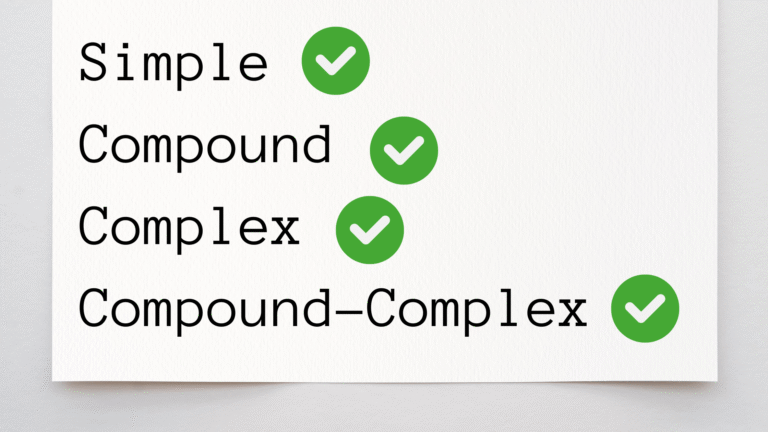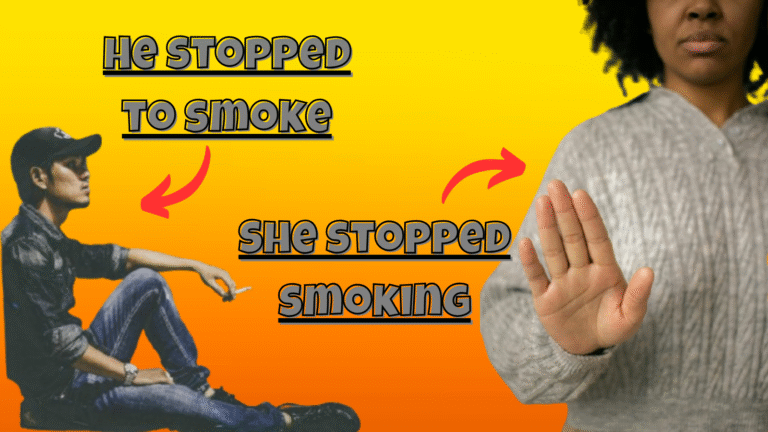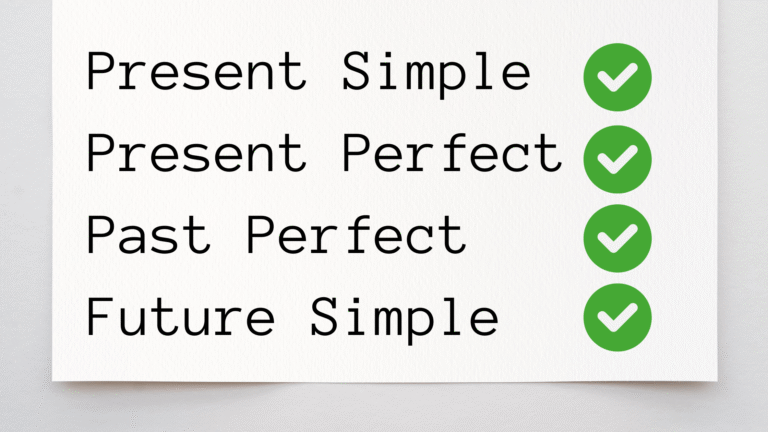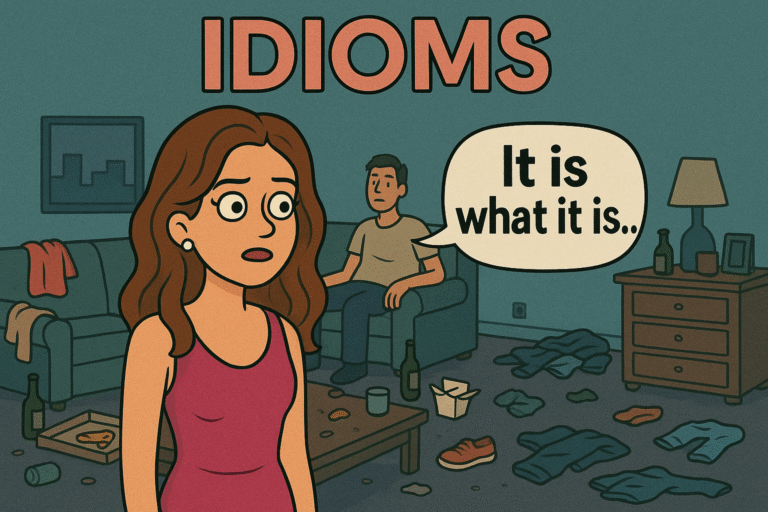
1. Sentence Types
- Simple Sentences: Convey a single idea clearly.
- Example: “Education improves job prospects.”
- Compound Sentences: Combine two independent clauses using coordinating conjunctions (e.g., and, but, or, so).
- Example: “Some people prefer online learning, but others value face-to-face interaction.”
- Complex Sentences: Use subordinating conjunctions (e.g., because, although, if, while, since) to show relationships between ideas.
- Example: “Although technology enhances communication, it can reduce face-to-face interactions.”
- Compound-Complex Sentences: Combine multiple independent and dependent clauses for sophistication.
- Example: “While technology saves time, it can be expensive, and many people struggle to afford it.”
2. Tenses
- Present Simple: For general facts, opinions, or routines.
- Example: “Many students believe that education is essential.”
- Present Continuous: For trends or ongoing situations.
- Example: “The use of renewable energy is increasing globally.”
- Present Perfect: To connect past actions to the present or discuss experiences.
- Example: “Governments have invested heavily in public transport.”
- Past Simple: For completed actions or historical context.
- Example: “In the past, people relied on letters for communication.”
- Future Simple: For predictions or future plans.
- Example: “Electric cars will dominate the market in the future.”
- Future Perfect: To discuss actions completed by a future point.
- Example: “By 2030, many countries will have reduced carbon emissions.”
3. Conditional Sentences
- Zero Conditional: For general truths or cause-effect relationships.
- Example: “If people recycle, it reduces waste.”
- First Conditional: For real, possible future situations.
- Example: “If governments invest in education, literacy rates will improve.”
- Second Conditional: For hypothetical or unlikely situations.
- Example: “If everyone used public transport, pollution would decrease.”
- Third Conditional: For hypothetical past situations.
- Example: “If governments had acted sooner, climate change could have been mitigated.”
- Mixed Conditionals: To combine different time frames.
- Example: “If people had learned about sustainability earlier, they would be more environmentally conscious now.”
4. Passive Voice
- Use to focus on the action or when the doer is unknown/irrelevant.
- Example: “Natural resources are being depleted rapidly.”
- Combine with different tenses for variety.
- Example: “Public transport systems have been improved in many cities.”
5. Relative Clauses
- Defining Relative Clauses: Provide essential information about a noun.
- Example: “People who live in urban areas often face traffic issues.”
- Non-Defining Relative Clauses: Add extra, non-essential information.
- Example: “Renewable energy, which is eco-friendly, is gaining popularity.”
- Use relative pronouns (e.g., who, which, that, whose, whom) accurately.
6. Modal Verbs
- Express possibility, obligation, ability, or advice.
- Examples:
- Possibility: “Technology can improve education.”
- Obligation: “Governments must address climate change.”
- Advice: “People should reduce their carbon footprint.”
- Hypothetical: “Society could benefit from free education.”
- Examples:
- Use semi-modals (e.g., need to, ought to) for variety.
- Example: “Citizens ought to participate in recycling programs.”
7. Cohesion and Linking Devices
- Addition: Moreover, furthermore, in addition.
- Example: “Exercise improves health. Furthermore, it reduces stress.”
- Contrast: However, nevertheless, on the other hand, although.
- Example: “Cars are convenient. However, they contribute to pollution.”
- Cause and Effect: Therefore, as a result, consequently, because.
- Example: “Deforestation destroys habitats. As a result, many species are endangered.”
- Example: For example, for instance, such as.
- Example: “Renewable energy, such as solar power, is sustainable.”
- Sequence: Firstly, secondly, finally.
- Example: “Firstly, education raises awareness. Secondly, it builds skills.”
- Conclusion: In conclusion, to sum up, overall.
- Example: “In conclusion, technology has transformed communication.”
8. Noun Phrases
- Use complex noun phrases to add sophistication.
- Example: “The rapid development of artificial intelligence has transformed industries.”
- Combine with prepositional phrases.
- Example: “A lack of investment in public transport leads to congestion.”
9. Articles
- Use a/an, the, or zero article accurately.
- Example: “A university education (general) is valuable, but the cost (specific) can be high.”
- Zero article for generalisations: “Education improves society.”
10. Inversion
- Use for emphasis or formal tone.
- Example: “Not only does technology save time, but it also reduces costs.”
- Example: “Rarely have governments prioritised mental health.”
11. Cleft Sentences
- Emphasise specific parts of a sentence.
- Example: “It is education that empowers individuals.”
- Example: “What society needs is better healthcare systems.”
12. Gerunds and Infinitives
- Use gerunds as subjects or objects.
- Example: “Recycling waste helps the environment.”
- Use infinitives to express purpose or after certain verbs.
- Example: “Governments aim to reduce poverty.”
13. Punctuation
Avoid overuse of exclamation marks or informal punctuation.
Use commas, semicolons, and colons correctly.
Example: “Technology has many benefits: it saves time, reduces costs, and improves efficiency.”







